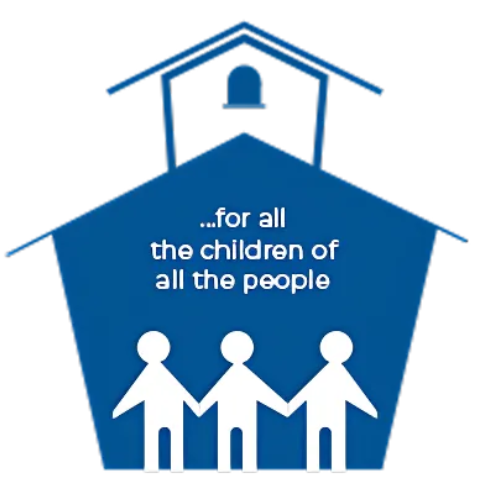Blog

September 23, 2020
“With the start of a new school year, a lot needs to happen so that students can learn and thrive without raising the risk of spreading COVID-19.
The goal of having children attend school in person–which is how they learn best–will only be safe when a community has the spread of the virus under control. And then, when it is possible to reopen a school for in-person learning, a layered approach is needed to keep students, teachers and staff safe,” according to Children Health.

August 7, 2018
3 Tiers of Intervention Reducing chronic absence fits nicely into the three-tiered reform systems being successfully implemented to reduce chronic absenteeism in schools and districts across the U.S. Tier 1 represents universal strategies to encourage good attendance for all students. Tier 2 provides early intervention for students who need more support to avoid chronic absence. Tier 3 offers intensive support for students facing the greatest challenges to getting to school. Attendance Works has created a handout (below) showing examples of interventions that schools and districts should try at each tier. A worksheet (below) allows educators to assess what steps they are taking now and what more than can do to reduce chronic absence.


